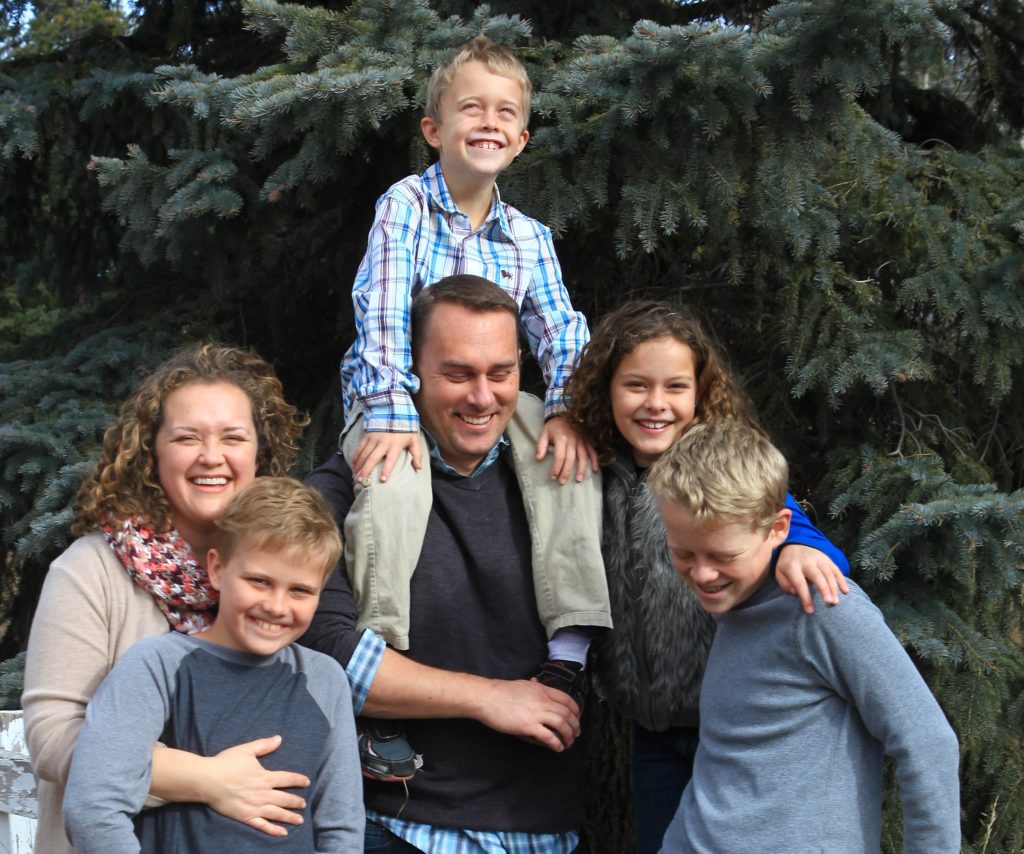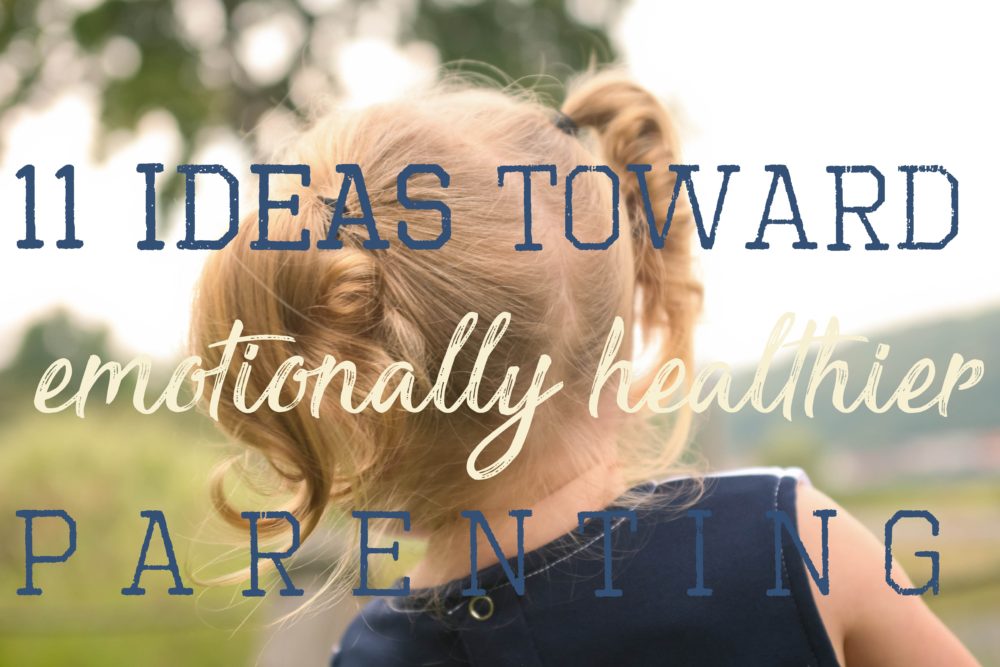
New to this series? For the thoughts behind it, start here.
It was yesterday, walking to a train, that we met her—I’ll call her Gretchen. Conversation unfolded among us in the blistering sunshine. We were all drawn in by the details of her home country; the stories of her life there. At thirty, Gretchen is pretty and successful. She vacations around the world.
Perhaps that’s why I was intrigued by both my daughter and my son after disembarking the train, when she’d warmly wished us well and waved to us out the window. Completely separately, they asked me if we could pray for her, that she’d know Jesus, too.
I could tell you this is because I’m some kind of fantastic parent, but if anything, I hope you’ve picked up through this blog that I’m muscling my way through this parenting thing like anything else. (I’m sure perfect parenting is on the next blog over from mine.)
Spiritual disciplines, after all, are about cultivating, right? Richard Foster, author of The Celebration of Discipline, writes that in all these disciplines, we just prepare the soil of our hearts (and our kids’). It’s the Holy Spirit who moves. Or as the verse read which my sister neatly painted around the rim of her terracotta plant pot: I planted the seed, Apollos watered it, but God has been making it grow.
And really? That’s what sharing our faith is about, too. When I was trained as staff with Cru, they taught that evangelism is sharing Jesus in the power of the Holy Spirit, and leaving the results up to God.
THE KEY: For kids to be confidently equipped and constantly ready to give a reason for the hope that they have—with gentleness and respect (1 Peter 3:15-16). We encourage them not to view evangelism less as a single, isolated event, more as an ongoing lifestyle of bold love. The point is not for friends to pray a prayer. It’s for them to become true and lifelong disciples of Jesus.
Here are a few ways I see this unfolding with the kids in our lives.
- First, the heart. This is the most long-term of any of these ideas. Any child—any human, for that matter—naturally wants to share what’s fantastic in his or her life. When a new cousin’s born, your daughter can’t wait to share it with her class at show and tell. So before sharing our faith comes the experience that our faith is unstoppably worth sharing! Kids who are excited and filled by Jesus won’t share their faith as much as a have-to as a natural outpouring of who they are. To share the hope that they have—first, they must have that hope.
And if I may be so bold—a lot of that is a tone set by us as parents, right? Ours is not dogged religion that “works our way to heaven”. Grace is what makes Jesus different from every other religion on the planet. Kids growing up in homes where faith is authentic and grace-motivated are equipped every day to know what their faith looks like in any given situation.
- I shared in this post about how not to share your faith, and how it’s critical love must fuel all “agendas” for evangelism (please read this post for more). My kids found the video on that post, as well as the one below, hilarious. (Note for Protestant readers: This video has a minor Catholic thrust.)
My husband and I used these to generate conversation about why these methods can be off-putting for the majority of the population. As much as tracts and other tools can give kids brilliant steps and thus boldness to share their faith, I am of increased conviction that traditional methods can actually distance people from our kids because the methods are socially alienating to a modern Western audience–which can hinder loving them well. That’s not the Cross that’s getting in people’s way. That’s our lack of understanding of people—the whole “clanging cymbal” thing.
You may remember the parable of the Pharisee and the tax collector praying in the temple. The former’s prayer is essentially, Thanks, God, for making me better than him. The vital message for our kids: We are not the savior, but the saved. We’re about humility, not results.
- Equip them. (I know, I know. Now she gets to the practical part.)
- Help your kids to articulate their faith. For weeks in our family discussion, we’d quiz our youngest: What’s grace? We’d ask application questions, too. No, it’s not a quiz. But our kids talking to their friends first means they truly get the idea of how God saved us inside and out. Not with confusing platitudes—“I asked Jesus into my heart!”—but in ways that communicate in kid-language what Jesus did.
- I found this video to be a great jumping-off point for discussion with my middle-school kids. You might also try this one on sharing your faith without being pushy.
- Together, memorize verses that equip kids to talk about the Gospel. Here’s a good top ten list of them. You might find the music and free printable memory cards from Seeds Family Worship’s Seeds of Faith.
- Another gem from Cru: “The Gospel flows best through the holes in people’s lives.” In other words, people are most receptive to Jesus in the areas and seasons where they most feel their need for His answers. Talk with older kids about how to compassionately listen and come alongside friends in hard times–with true hope and comfort.
- Make your home the locus. Did you know that a significant portion of evangelism in the book of Acts happened from homes? In the past, I was always coached to invite people to church—and this is still a great idea! But the nuanced culture of churches can, depending on the person, occasionally increase the feeling of our friends feeling like outsiders. We’re not inviting them to a social club with all the trimmings. We’re inviting them to Jesus. I wrote here about practical ways to make your home an “open house,” and here about ways to live “sent” in your community.
- Pray often as a family for those around you to know Jesus. Let your prayers communicate true love and humility, and that it’s God who is the great Softener of Hearts. After all—He softened ours! He’s bringing us from death to life—and He works the same in our friends. (Prayer changes our own hearts, too.)
Like this post? You might like the rest of the Spiritual Life Skills for Kids series. And check these out:
- On Giving our Kids the Gift of Hard Work
- 10 Prayer Tools and Printables for Families
- 31 Scriptures to Pray for Your Kids (free printable)











![Now You're Speaking My [Love] Language Now You're Speaking My [Love] Language](https://www.janelbreitenstein.com/wp-content/uploads/2015/08/love-languages-text-1.jpg)





Leave a Reply